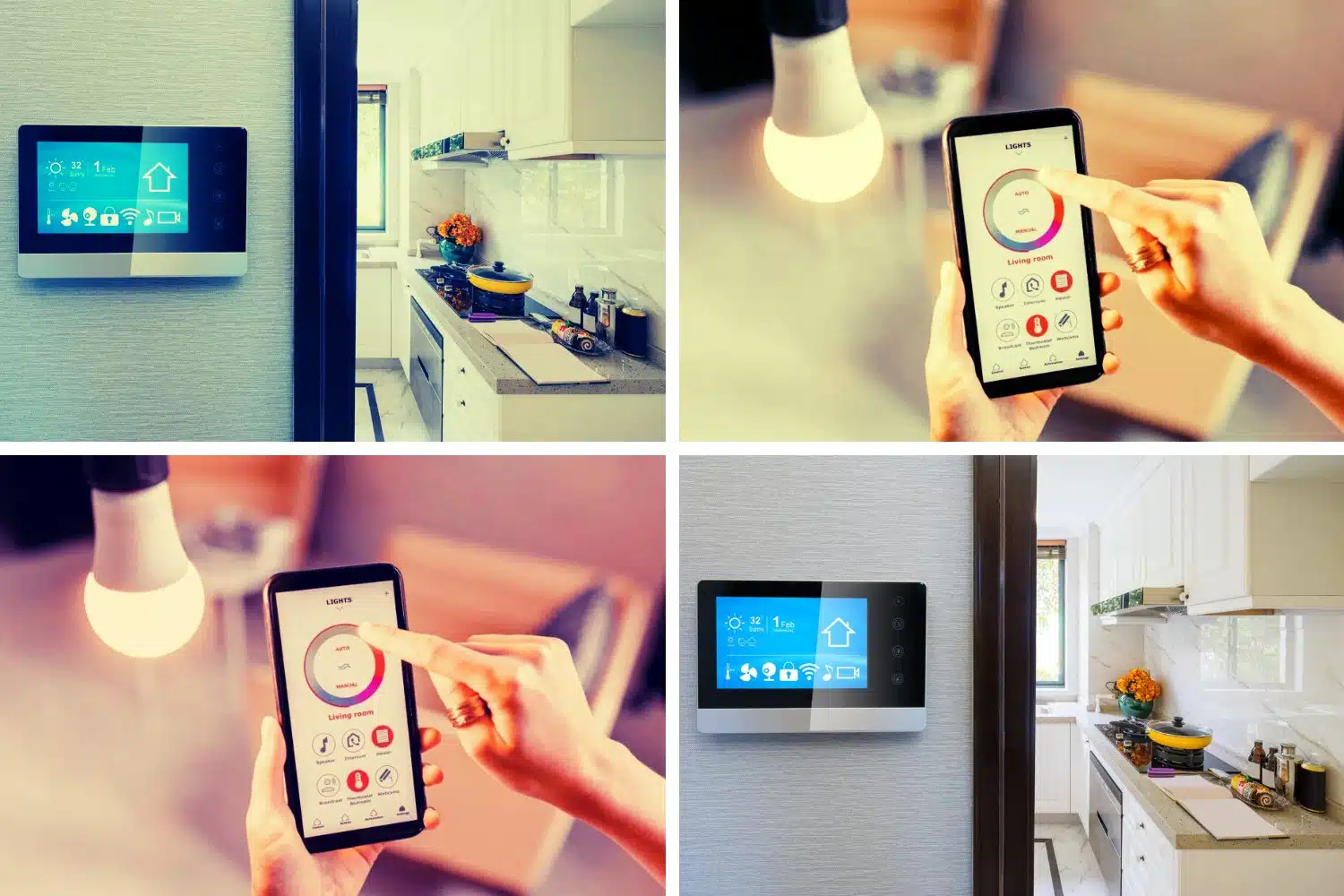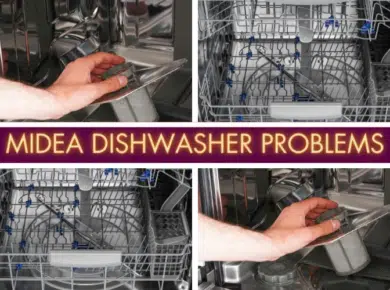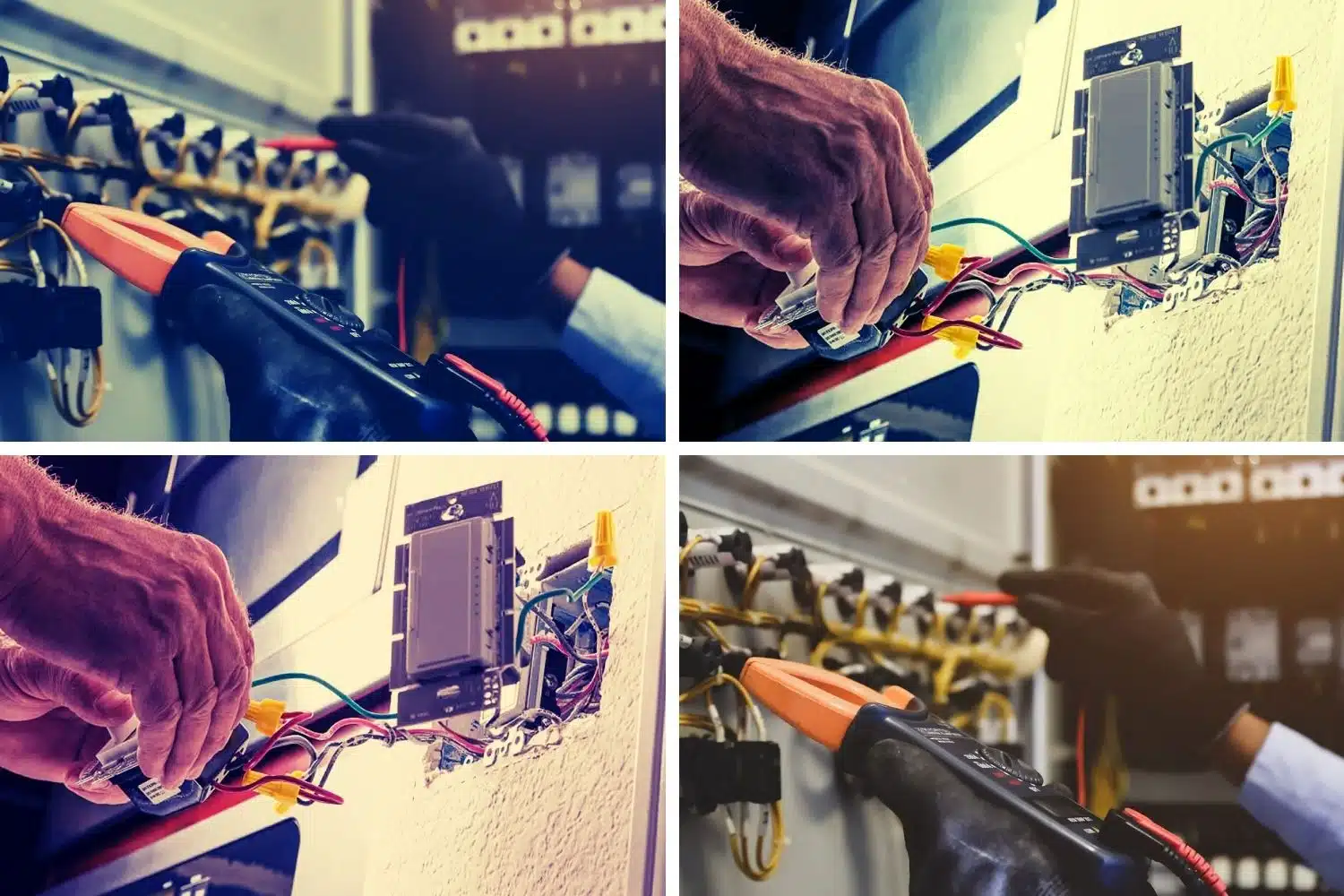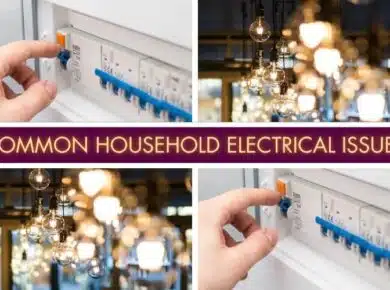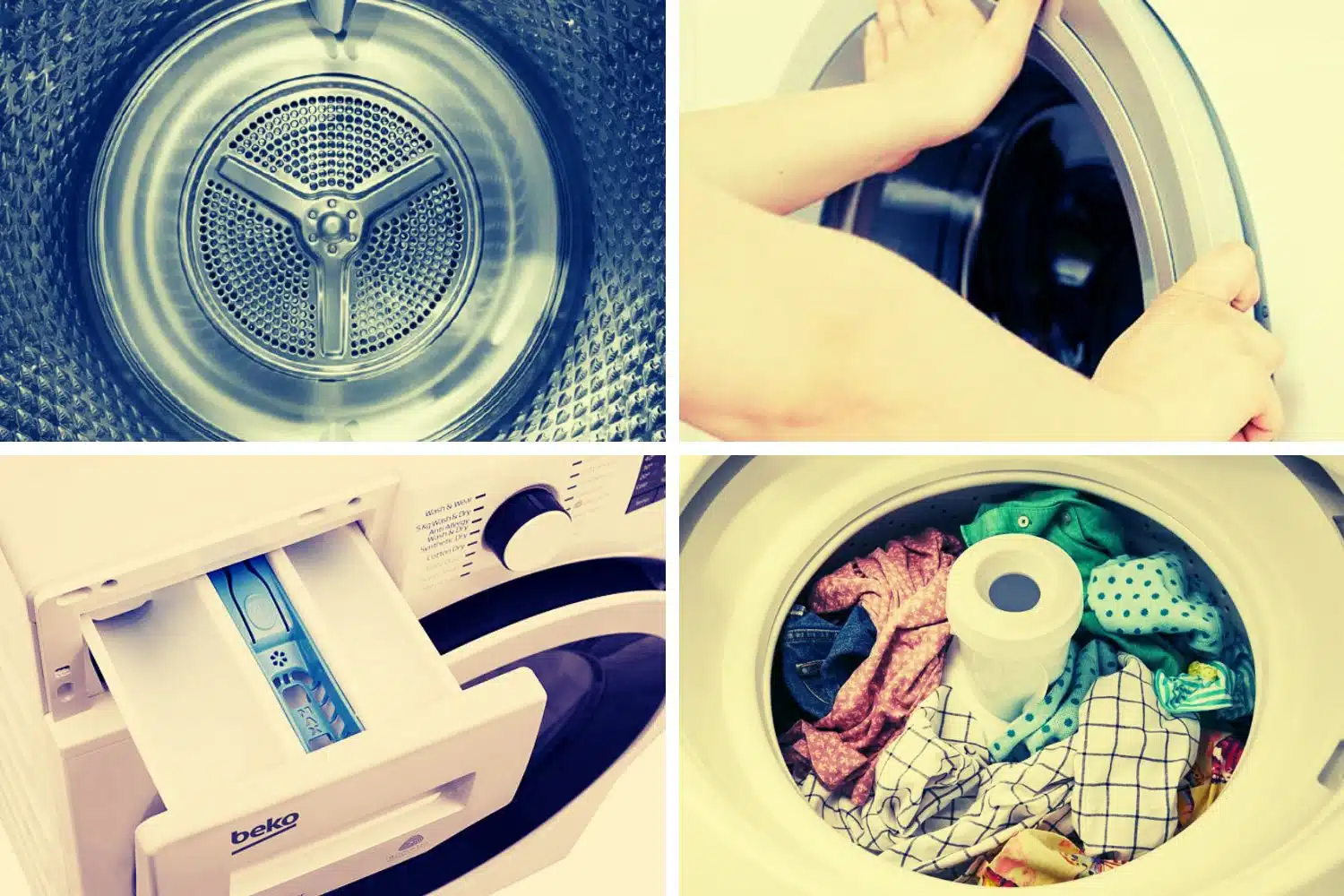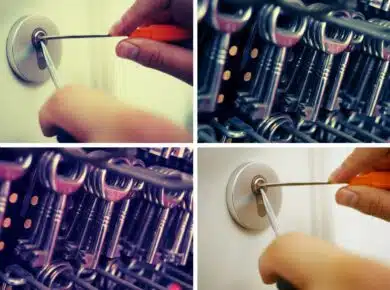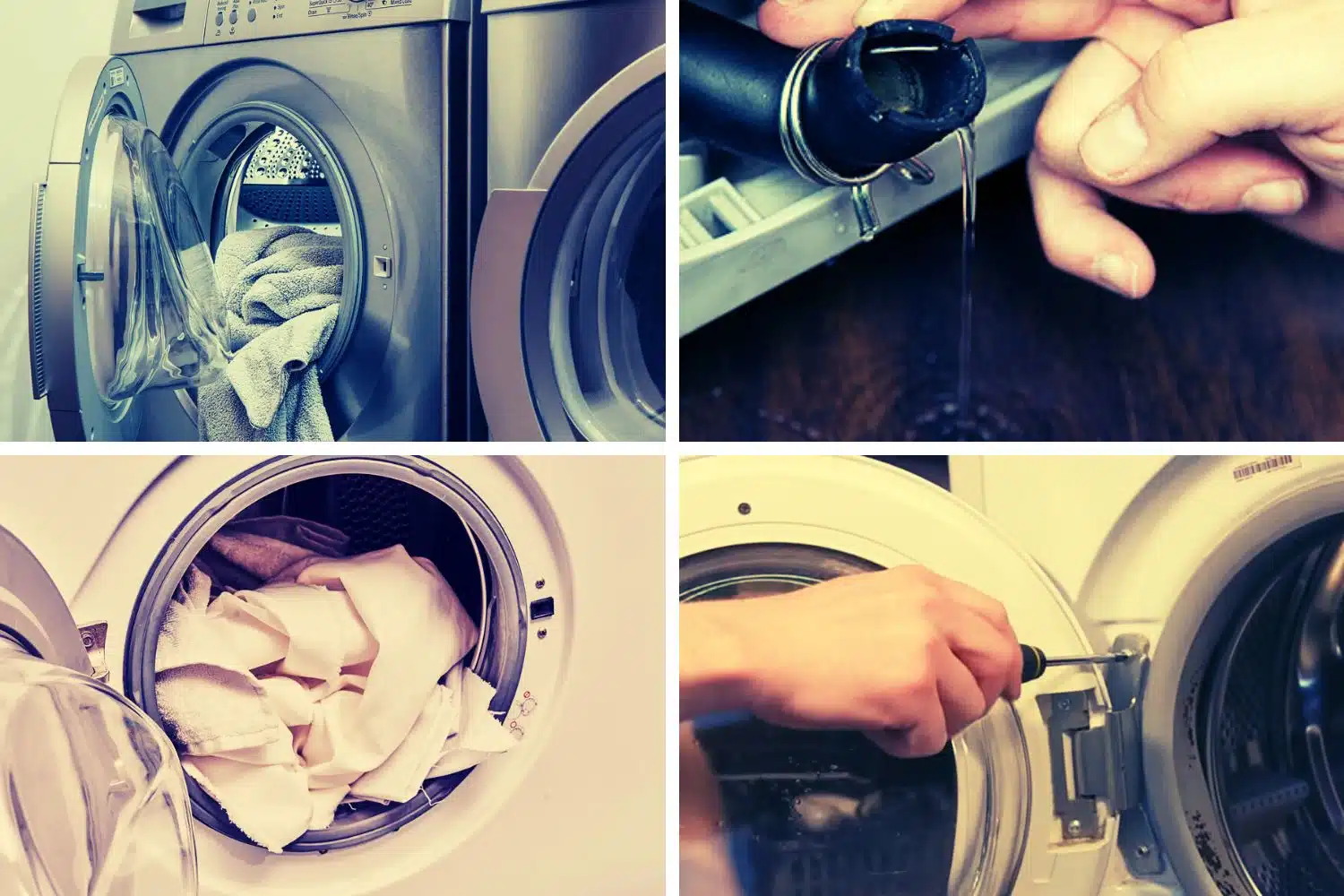Welcome to the world of smart home devices! While these gadgets offer convenience, energy efficiency, and potential cost savings, there are common mistakes many users unknowingly make.
In this article, we’ll explore ten mistakes that can lead to wasted energy and increased expenses. But don’t worry, we’ll also provide practical tips on how to avoid these pitfalls. So let’s dive in and ensure you’re getting the most out of your smart home devices while keeping your energy bills in check!
1. Neglecting Default Settings

When you first set up your smart home devices, it’s easy to overlook the default settings. But these settings may not be optimized for energy efficiency. For example, smart lights might be too bright or motion sensors overly sensitive, leading to unnecessary energy consumption.
Take some time to review and adjust these settings to align with your preferences and save energy. Lower brightness levels, fine-tune motion detection sensitivity, and set temperature thresholds wisely.
2. Poor Device Placement
Placement matters! Many users inadvertently hinder their smart devices’ performance and energy efficiency by placing them incorrectly. For instance, blocking the airflow around a thermostat or hiding a smart plug behind furniture can disrupt their functionality.
To avoid such issues, consider factors like signal strength, ventilation, and accessibility. Ensure thermostats have ample airflow, place smart plugs in easily reachable locations, and avoid interference-causing obstacles.
Strategically placing your smart home devices enhances their performance and optimize energy usage.
3. Overlooking Firmware Updates
Firmware updates may not be the most exciting part of owning smart home devices, but they’re crucial. These updates bring improvements in performance, security, and energy efficiency. Ignoring them can result in reduced functionality or increased power consumption.
To stay on top of firmware updates, periodically check for available updates through the device’s companion app or manufacturer’s website. Follow the provided instructions to ensure your devices are running the latest firmware.
Keeping your devices up to date lets you enjoy better performance, enhanced security, and optimized energy usage.
4. Using Incompatible or Outdated Devices
Mixing incompatible or outdated smart home devices can lead to energy inefficiencies and malfunctions, requiring the expertise of residential electricians to ensure proper installation and configuration.
Likewise, check compatibility lists or consult with the device manufacturers. Investing time in ensuring compatibility will save you the frustration of dealing with malfunctioning devices and the wasted energy they might cause.
Keep your smart home ecosystem harmonious and energy-efficient by using compatible and up-to-date devices that work seamlessly together.
5. Neglecting Automation and Scheduling Features

One of the significant benefits of smart home devices is their ability to automate tasks and create schedules. However, many users overlook this energy-saving feature. By leveraging automation and scheduling, you can optimize energy usage.
Set your lights to turn off automatically when no motion is detected, adjust thermostat settings based on occupancy patterns, and control other devices intelligently. Utilize the companion apps or voice assistants to program these routines.
Embracing automation and scheduling will not only save energy but also enhance your smart home experience.
6. Leaving Devices in Standby Mode
Standby power consumption is a silent energy killer in many smart homes. Even when devices are in standby mode, they may continue to draw power.
To combat this, make it a habit to power off or unplug devices when they’re not in use. Utilize power strips or smart plugs to conveniently control the power supply to multiple devices.
Eliminating standby power consumption significantly reduces your energy usage and saves money on your electricity bills.
7. Ignoring Energy Monitoring and Reporting Features
Many smart home devices come with built-in energy monitoring and reporting features, or you can use third-party apps to track your energy consumption. These tools provide valuable insights into which devices are consuming the most energy, allowing you to identify potential energy-wasters.
Regularly monitoring your energy usage, you can make informed decisions about optimizing your smart home system. Take advantage of these features to track trends, set energy-saving goals, and adjust your habits accordingly. Knowledge is power, and in this case, it’s the power to save energy and money.
8. Using Unnecessary or Redundant Devices
Sometimes, in the excitement of building a smart home, we end up purchasing more devices than we actually need. This can result in redundant functionalities and increased energy consumption.
Before adding new devices to your setup, assess your requirements and consider if they overlap with existing devices. Consolidating functionalities and eliminating redundancies will streamline your smart home system, reduce energy waste, and save you money. It’s all about finding the right balance between convenience and efficiency.
9. Not Considering Local Utility Programs and Incentives
Did you know that some utility companies offer programs and incentives to encourage energy efficiency in smart homes? These programs may include rebates, special rates, or even energy-saving consultations.
Take the time to research and find out what programs are available in your area. Participating in these initiatives allows you to maximize your energy savings and potentially receive financial benefits.
Check your utility company’s website or contact their customer service to explore the options and take advantage of the incentives available to you.
10. Neglecting Regular Maintenance and Upgrades
Like any other technology, smart home devices require regular maintenance and occasional upgrades to perform optimally. Neglecting maintenance tasks can result in decreased device lifespan and increased energy consumption.
Create a maintenance checklist and adhere to a schedule to keep your devices in top shape. Clean sensors, replace batteries, and ensure firmware updates are installed promptly. Additionally, keep an eye out for newer models or upgraded versions of your devices that may offer improved energy efficiency.
Taking care of your smart home devices and staying up to date with advancements allow you to maximize their performance, extend their lifespan, and save energy and money in the long run.
Final Words
Avoiding common mistakes can significantly impact the energy efficiency and cost-effectiveness of your smart home devices. So, take these tips to heart, make the necessary adjustments, and enjoy the full potential of your smart home while saving energy and money in the process.
